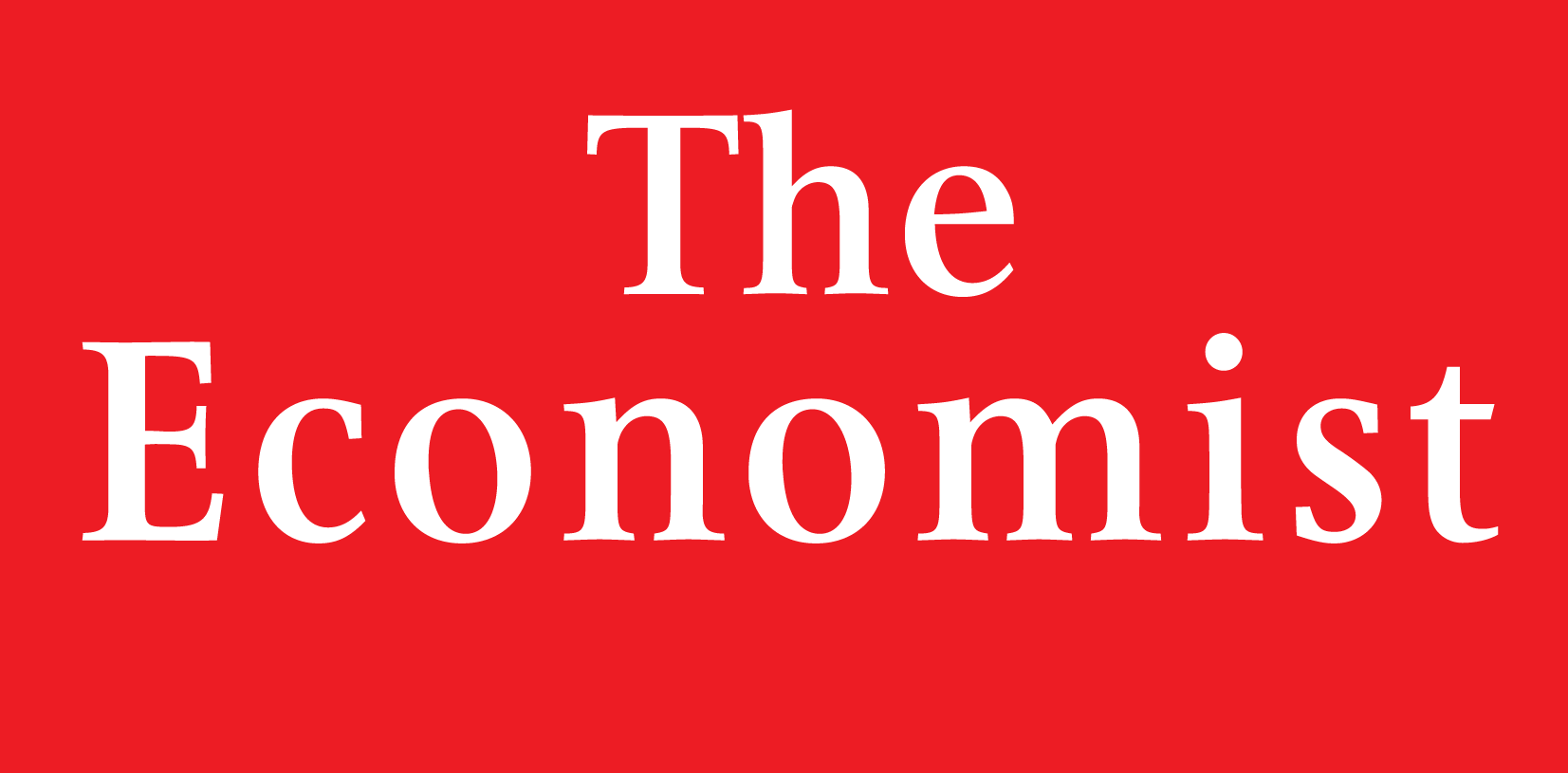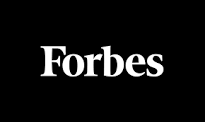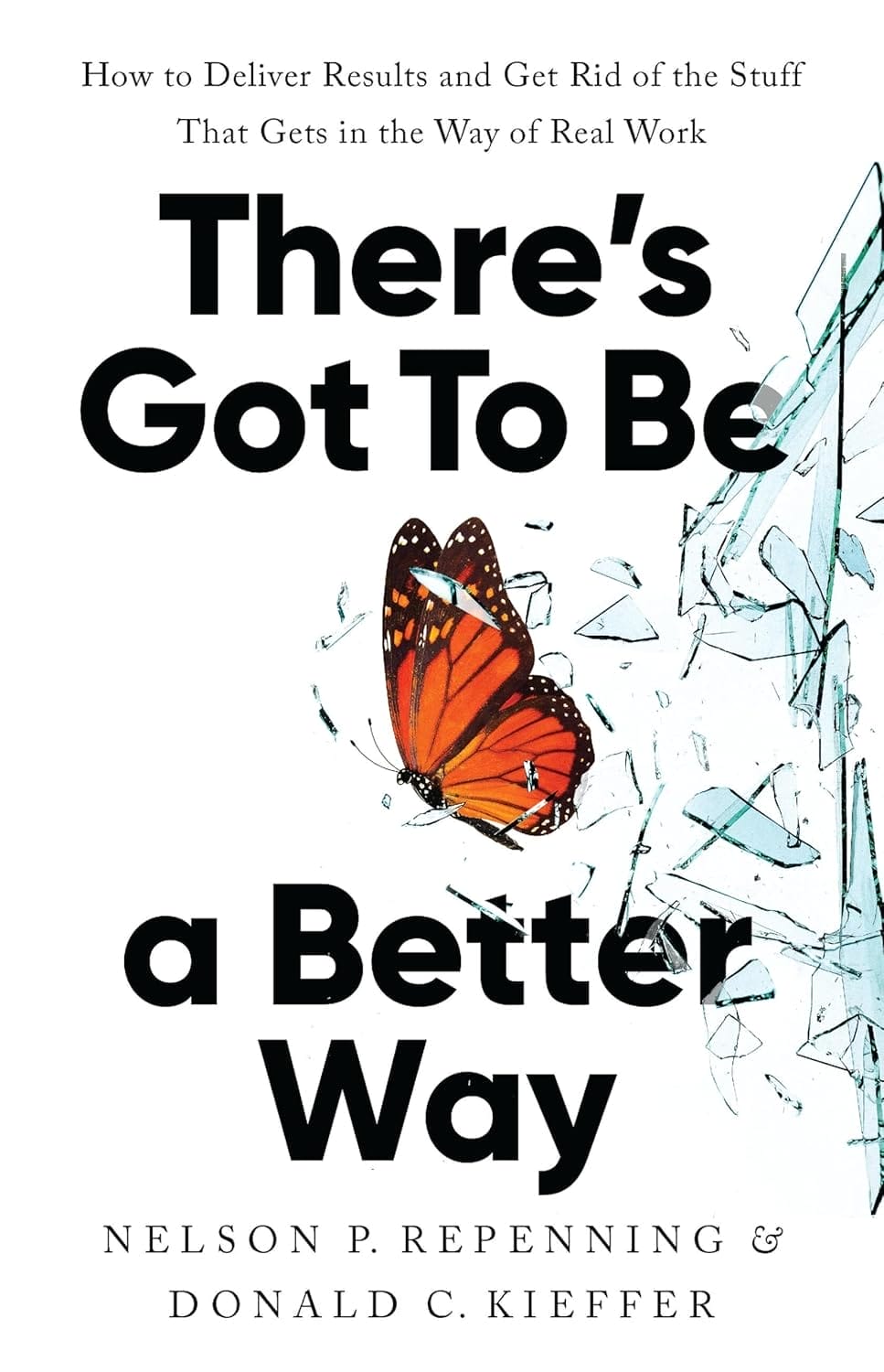Videos
Learn More About Donald Kieffer
Most organizations move to major change initiatives to solve big performance problems. These efforts are expensive, disruptive and frequently fail to deliver on their promise of sustainable results. Many around the world have instead turned to Donald Kieffer, who takes a very different, counter-intuitive tack.
His approach delivers insightful diagnoses of complex problems and cost-effective, practical solutions that deliver results quickly – minus the usual coffee cups, banners and weeks of training at expensive hotels that accompany most initiatives.
Kieffer’s clients range from global organizations to start-ups across sectors, including energy, banking and biotech. Working primarily in complex intellectual and knowledge work, his hands-on methods include everything from clarifying goals and strategies to reducing response and lead times.
The principles-based framework of Dynamic Work Design, using only five principles and a practical approach, delivers results without new software, armies of consultants or binders full of rules, tools and rituals.
A Better Way to Work
“I know my organization is in trouble when I start Monday morning by making a list of all the important things I need to do this week. I work my ass off all week, but on Friday afternoon I can’t cross off a single item.”
(Excerpt from page one of “There’s Got to Be a Better Way: How to Deliver Results and Get Rid of the Stuff That Gets in the Way of Real Work” (PublicAffairs, August 2025), by Kieffer and Nelson Repenning).
When organizations become overloaded – either because of their own success, breakdowns of internal processes, or because of external forces in the market – chaos takes over. Work seems to take longer and longer to complete, even as people work harder. Adrenaline replaces good work design as the number of urgent issues grows, priorities continually shift and deliveries slow. This situation not only degrades productivity and results but is also exhausting and demoralizing for employees at every level.
“It’s vital to be able to quickly figure out exactly where the problem is in a complex situation before launching any change effort, much less a huge and expensive one,” explains Kieffer, former VP of Operational Excellence at Harley-Davidson. “With a good diagnosis of the issue, we can prescribe immediate actions to take at multiple levels to resolve critical problems. We help organizations move from firefighting to a more stable path of productivity and innovation.”
30% Improvement in 90 Days: Start Smaller to Move Faster
Kieffer notes that as opposed to launching a major change initiative, starting small allows leaders to see precisely what is going wrong and what it takes to fix it quickly.
“By focusing on a small piece of a big problem and targeting a 30% improvement within 90 days, we put points on the board fast,” explains Kieffer, founder of ShiftGear Work Design, LLC. “More importantly, we demonstrate the solution in the firm’s unique environment, not just through talking about case studies from other companies and industries.”
Organizations quickly gain experience. Then, with the initiative back in the leaders’ hands, Kieffer’s methods spread naturally because they create a better way to work. This adds a compounding effect on improvements that allows companies to expand the scale of the improvement, then expand again. The result is that an engine of innovation and productivity begins to build in the company.
“The methods we use connect both the employees and management to the work in ways that allow them to continue to remove obstacles and improve,” Kieffer concludes. “They love it.”
###
Donald Kieffer is a seasoned executive, consultant, and speaker best known for co-creating Dynamic Work Design. His experience, from hands-on front-line work to executive leadership, plus decades of work with clients around the globe, brings unmatched practical insight to his work.
Kieffer is a senior lecturer at MIT’s Sloan School of Management and founder of ShiftGear Work Design, LLC. He also teaches at AVT Business School in Copenhagen.
Donald Kieffer is available to advise your organization via virtual and in-person consulting meetings, interactive workshops and customized keynotes through the exclusive representation of Stern Speakers & Advisors, a division of Stern Strategy Group®.
There’s Got to Be a Better Way: How Dynamic Work Design Calms Chaos and Accelerates Productivity, Innovation and Engagement
When organizations get overloaded, either because of their own success or because of external forces in the market, chaos grows. People must work harder to get things done even as work moves more slowly through the system. The increasing number of urgent issues, shifting priorities and slowing delivery times tell the story that adrenaline has replaced good work design. This situation not only degrades productivity and results, it also exhausts and demoralizes employees at every level.
According to MIT Sloan School of Management senior lecturer Donald Kieffer, getting super clear on the real problem before launching change is critical. Boilerplate change initiatives involving rules, tools and rituals based on case studies and generic problems often layer more work on top of a struggling workforce rather than addressing the unique set of issues causing the problem. In this eye-opening presentation, Kieffer draws on his latest book “There’s Got to Be a Better Way” to detail how the principles-based framework of Dynamic Work Design can reveal the real problems that are causing poor results, while providing an approach that quickly fixes the work and puts points on the board. Attendees will learn the five principles of Dynamic Work Design, and the approach to applying them. “Usually, the road to higher productivity and innovation is right in front of us, we just don’t know how to see it”, explains Kieffer. “Dynamic Work Design gives us the framework to see it and the approach to get to it quickly.” His straightforward and practical style cuts through buzzwords and flavors-of-the-day schemes to get to classic, proven methods of productivity, innovation and engagement while simultaneously preserving company structures and culture.
Achieve Big by Starting Small: No More Campaigns With Coffee Cups, Banners and Binders
Often, when organizations set out to solve problems, they look to large change programs and initiatives with the expectation of fast, major improvement. But, according to MIT Sloan School of Management senior lecturer Donald Kieffer, those big expectations seldom lead to sustainable results, burdening an already struggling organization with more work and damaged morale. “’Another f-f-fine program’, as we called them at Harley,” Kieffer says with a smile. In this enlightening presentation, he reveals why the principles-based framework of Dynamic Work Design and the approach of targeting a 30% improvement in 60-90 days lead to powerful institutional learning, allowing success to feed success – driven by demonstrated results and supported by a newly engaged workforce. Kieffer uses real-world examples from his own experience, as well as those of his clients and students, rather that sterilized case studies, to show how his methods produce better outcomes, more innovation, higher performance and genuine engagement.
As leaders face continued challenges to improve results and resolve organizational problems, few advisors are as highly qualified to help than Donald Kieffer. A seasoned executive, consultant and MIT Sloan School of Management senior lecturer, he works closely with executives across the globe to quickly diagnose challenging situations. Renowned for low-cost and fast, practical solutions, Kieffer’s hands-on methods engage both management and the front-line. Improvements generate productivity and innovation as well as higher engagement and morale. He is available for one-on-one or small group advisory meetings, virtual or in person, with each program being highly customized to meet the needs and goals of your organization.
Hands On with Dynamic Work Design
As companies set out to tackle big problems with big programs and initiatives, they often fall behind in their day-today work. Organizations unnecessarily layer new methods and language on a system that is struggling, without fixing the real underlying issue. The key, says MIT Sloan School of Management senior lecturer Donald Kieffer, is to diagnose the right problem and start working on it the right way. In this highly interactive series of workshops, Kieffer helps define the critical issues at hand and uses the five principles of Dynamic Work Design to identify opportunities and plan the first round of improvement activities, targeted at 30% or more improvement. Never promoting new software or expensive structural changes, Kieffer’s methods use the existing structure, culture and people of the organization, tweaking it only at the source of the problem. His experience is that most organizations, even those with difficulties, are built on a huge base of success that can be leveraged for further success.
“'There’s Got to be a Better Way' indeed offers one. Blending expertise in system dynamics and behavioral science, along with decades of real-world practical experience, authors Nelson Repenning and Don Kieffer teamed up to write this groundbreaking new book. In it, they describe a compellingly actionable learning process for solving the most perplexing and persistent problems that plague every large organization. A must-read for leaders in any industry facing complexity, uncertainty, and pressure for results.”
“There is a better way! I’ve seen it, and I promise you it’s possible. Overloaded, over regulated organizations are not only wildly inefficient—there are absolutely no fun to work in. In this eminently practical and deeply grounded book, Nelson Repenning and Don Kieffer draw on their decades of experience to show us all how we can build the kind of creative, extraordinarily productive workplaces most people only dream about.”
“A road map to eliminating inefficiencies and busting bureaucracies. Drawing on rigorous research and rich experience inside a wide range of workplaces, Nelson Repenning and Donald Kieffer reveal how to redesign work to do more in less time.”
“Repenning and Kieffer are absolutely right: there's got to be a better way to work than what we’re doing now! Fortunately, their theory of dynamic work design offers exactly the type of compelling alternative we’ve been so desperately searching for.”
“If you want to solve the business problem you thought was unsolvable, look no further than this incisive new book, which presents a smart new way to unlock fast fixes to your once intractable challenges. It’s a mindset makeover!”
“The most useful book on creating enduring organizational change I have ever read. This masterpiece shows why, when leaders try to change organizations for the better, they so often make things worse by focusing on fighting fires rather than fixing root causes. 'There’s Got to Be a Better Way' shows how savvy leaders can, instead, solve the right problems and build organizations that are consistently innovative, resilient, and reliable.”
“'There’s Got to Be a Better Way' emphasizes the power of dynamic leadership in the fast-paced world we live in. This is a great roadmap for learning how to identify core challenges, embrace flexibility, and experiment with new ideas to refine processes that have been holding your team back. Understanding how to swiftly identify the issue will allow leaders to pivot quickly—or boldly move in a different direction—without the fear of failure. Problem-solving in this way will ultimately drive long-term success and collaboration.”
“In 'There’s Got to Be a Better Way,' Nelson Repenning and Donald Kieffer deliver a compelling roadmap for overcoming organizational inertia. With a wealth of real-world case studies and a proven framework, the authors introduce Dynamic Work Design—a practical, principle-driven approach that helps leaders unlock efficiency, drive sustainable change, and foster innovation. This book is essential reading for executives seeking to turn workplace frustration into high-impact results.”
“Using five fundamental principles, Nelson Repenning and Don Kieffer show how any organization can use their insightful methods to get stuff done faster, better, and with less effort. Repenning and Kieffer bring an engineer’s perspective to business problems, giving organizations methods to diagnose and solve their own challenges in ways that uniquely work for them. At Fannie Mae, we applied these methods and improved our company immeasurably. Their teachings worked for us, and they can work for you.”
“This book is a must-read for all leaders of organizations—big and small, private and non-profit, newly founded and well-established. It should be required of all students of organizational behavior. Building on decades of research and consulting, Repenning and Kieffer show how their dynamic work design approach can address long-standing organizational issues while also stimulating a reinforcing cycle of learning and innovation. Drawing on examples from an array of different organizations—industrial conglomerates, research laboratories, hospitals, and even shelters for at-risk women—'There’s Got To Be a Better Way' illustrates how their disciplined approach actually works in practice and drives results. This is the very best management book I have read in years.”
“A masterful book that avoids the buzzwords common to the genre, providing actionable methods for removing frustration points and bottlenecks in order to make organizations more productive and more rewarding to work in. Repenning and Kieffer’s methods can help reveal incorrect assumptions and blind spots that stop us from identifying and solving the right problems.”
“Starting with the Human Genome Project, the Broad Institute has always embraced bold challenges to accelerate biomedicine. Ever since we learned from Nelson Repenning and Don Kieffer about Dynamic Work Design over thirteen years ago, it’s been our foundation for continuous transformation of our Genomics Platform. When we applied it at the start of the COVID pandemic, it helped us deliver over 37 million tests, with turnaround under 24 hours and a cost far below commercial operations. It’s been essential to so much of what we’ve done.”

























